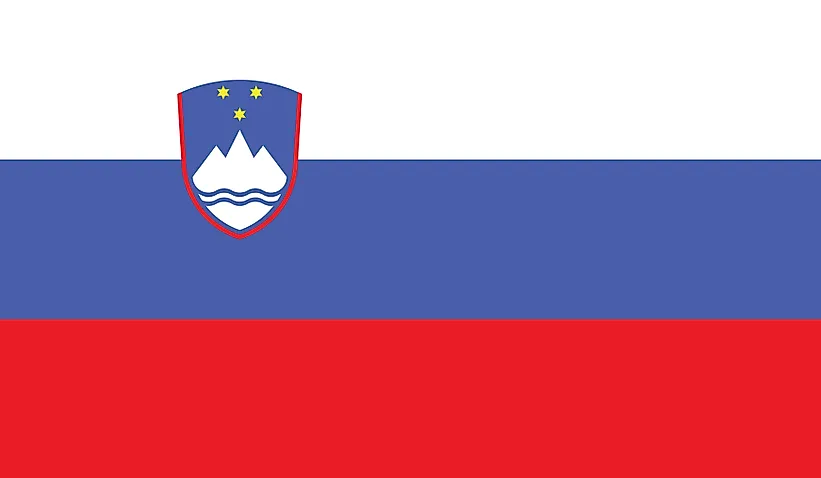
Slovenia
| Continent | Europe |
| Capital | Ljubljana |
| Population | 1,978,029 |
| GDP | $68.35 Billion |
| GDP per Capita | $33,100 |
| Dialing Code | +386 |
| ISO Code (2-letter) | SI |
| ISO Code (3-letter) | SVN |
Slovenia Landscapes






About Slovenia
Welcome to Slovenia, a nation where Alps meet Adriatic. With approximately 2.1 million people across 20,273 square kilometers, Slovenia combines extraordinary geographical diversity with rich cultural heritage, standing as one of Europe’s most environmentally conscious nations.
Geographic Features and Natural Beauty
Slovenia’s geography encompasses four major regions: the Alps, the Mediterranean coast, the Pannonian plains, and the Dinaric mountains. The country features the Julian Alps, the Postojna Cave system, and Lake Bled with its iconic island church.
The landscape includes pristine forests covering over 60% of the country, the Škocjan Caves UNESCO site, and the short but scenic Adriatic coastline. The country’s varied terrain creates diverse ecosystems supporting unique wildlife.
Protected areas include Triglav National Park and numerous regional parks. The country’s commitment to sustainable tourism and environmental protection has earned it recognition as one of the world’s greenest destinations.
Cultural Heritage and Traditions
Slovenian culture represents a unique blend of Central European, Mediterranean, and Balkan influences. The country’s heritage includes distinctive architecture, from medieval castles to the works of Jože Plečnik.
Traditional arts include lace-making, beekeeping, and folk music featuring unique instruments like the zither. Cultural practices feature wine-making traditions, carnival celebrations, and Alpine dairy farming.
Slovenian cuisine combines influences from neighboring regions, featuring dishes like potica (nut roll), štruklji (dumplings), and kranjska klobasa (Carniolan sausage). The tradition of beekeeping and honey production remains central to cultural identity.
Historical Journey
Slovenia’s history spans from early Roman settlements through medieval principalities to modern independence. The country’s strategic location has influenced its development throughout history.
Significant periods include the Habsburg era, Yugoslav period, and independence in 1991. The country’s peaceful transition to democracy and rapid integration with Western Europe has been remarkable.
Modern Economic Landscape
Today’s Slovenian economy focuses on manufacturing, particularly in automotive parts and pharmaceuticals, alongside tourism. The country has developed a strong reputation for sustainable development.
Recent initiatives emphasize green technology, digital innovation, and sustainable tourism. Slovenia’s educated workforce and strategic location support its economic success.
International Relations and Global Position
Slovenia maintains active participation in the European Union and NATO while fostering regional cooperation. The country’s environmental leadership and sustainable practices extend its diplomatic influence.
Did You Know?
• Slovenia is one of the world’s most environmentally friendly countries?
• The Lipizzan horses originated from Slovenia’s Lipica stud farm?
• The country has the highest number of bee colonies per capita in the EU?
• Ljubljana was named European Green Capital in 2016?
Conclusion
Slovenia represents a unique combination of natural beauty and environmental consciousness. From its alpine peaks to its coastal towns, from its traditional crafts to its green technology, Slovenia continues to evolve while preserving its natural heritage. As it addresses challenges including sustainable development and demographic changes, Slovenia remains committed to its position as a leader in environmental protection while maintaining its distinctive character as Europe’s green heart.